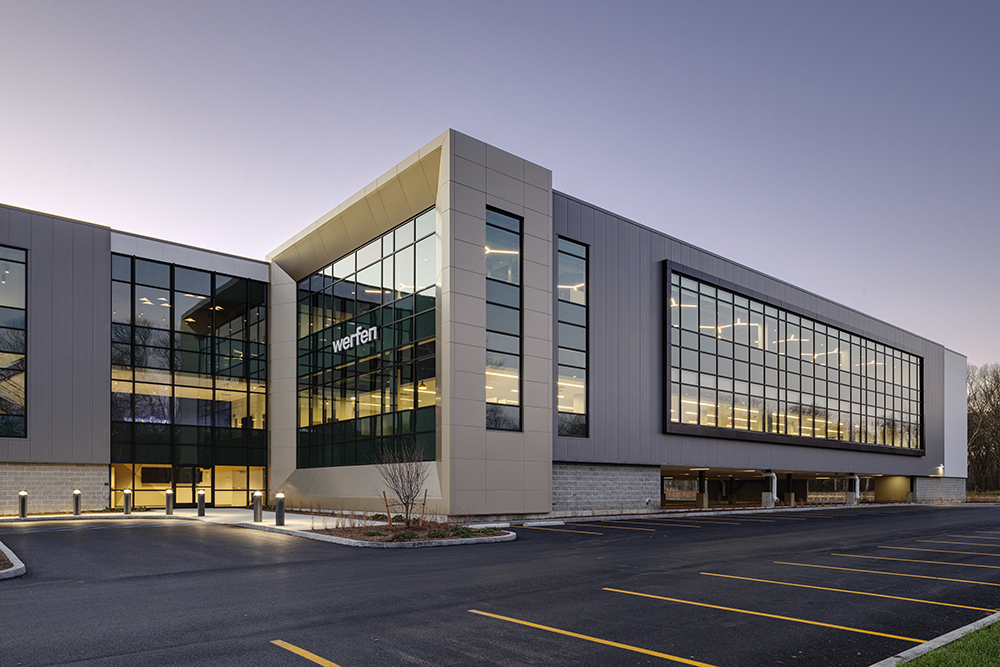News: Front Section
Posted: November 4, 2009
MIT Center for Real Estate commercial property price index posts first increase in over a year
Transaction prices of commercial property sold by major institutional investors rose by more than 4% in the third quarter of 2009, according to an index developed and published by the MIT Center for Real Estate (MIT/CRE).
The 4.4% increase in the transactions-based index (TBI) for the third quarter is the first positive price change in the index in over a year, and the largest increase since before the market downturn began in mid-2007. While the price index is now 36.5% below its 2007 peak, it is not as low as the 39% deficit seen last quarter — suggesting that the U.S. commercial property market may have finally found a price bottom.
"The big news this quarter is not just that the price index increased, but that transaction volume substantially increased for the second quarter in a row, reflecting the first increase in market sentiment in two years," said professor David Geltner, director of research at MIT/CRE.
"Our demand index, which tracks the prices that potential buyers are willing to pay, posted its first increase after eight consecutive quarters of decline, and it was a robust 12 percent jump."
MIT/CRE publishes not only the price index based on closed deals, but also compiles indices that separately gauge movements on the demand side and the supply side of the institutional property market. The demand-side index tracks the changes in prices that potential buyers are willing to pay (sometimes called a "constant-liquidity" index of the market, because it tracks how much prices would have to change to keep a constant ability to sell as many properties at the same rate of trading volume). "The demand index can be considered a gauge of market sentiment, at least among the all-important buy-side of the market," said Geltner. That index fell steadily for eight quarters, leaving it down to a level 48 percent below its mid-2007 peak by last quarter. But now it is back up to a level only 42 percent below peak.
"Equally interesting is that the supply-side index which gauges the prices property owners are willing to accept continued falling during the third quarter, a modest 2.5 percent decline, to a level now 30 percent below its peak," said MIT/CRE Research Technician Holly Horrigan. "The combination of the upsurge in demand and the continued drop in sellers' prices led to the strong increase in transaction volume and the beginnings of a reliquification of the market," said Horrigan.
"One quarter does not a trend make, and we are still well below normal trading volume," Geltner cautioned. "Nevertheless, this is the strongest sign of a bottom that we've had in two years," he added.
"Our latest results relate interestingly to recent results posted by another commercial property price index whose methodology was developed at the MIT/CRE: the Moody's/REAL Commercial Property Price Index - or CPPI - produced by Moody's Investors Service," Geltner noted. "Analysis of that index shows that healthy properties, those that are not in distress, have only dropped in price about 33 percent from the mid-2007 peak, a similar drop to the supply-side index we've recorded here representing property owners' willingness to trade, while distressed properties in the CPPI have fallen 56 percent. The types of properties and owners tracked by the TBI would generally be less subject to distress than those tracked by the CPPI," Geltner noted.
The TBI tracks the prices that institutions such as pension funds pay or receive when transacting commercial properties like shopping centers, apartment complexes and office towers. The MIT Center's TBI is based on prices of National Council of Real Estate Investment Fiduciaries (NCREIF) properties sold each quarter from the property database that underlies the NCREIF Property Index (NPI), and also makes use of the appraisal information for all of the currently approximately 6,000 NCREIF properties. Such an index — national, quarterly, transaction-based and by property type, and tracking demand and supply as well as prices — had not been previously constructed prior to MIT's development of it in 2006. NCREIF supported development of the index as a useful tool for research and decision-making in the industry.
Tags:
Front Section
MORE FROM Front Section
Newmark negotiates sale of 10 Liberty Sq. and 12 Post Office Sq.
Boston, MA Newmark has completed the sale of 10 Liberty Sq. and 12 Post Office Sq. Newmark co-head of U.S. Capital Markets Robert Griffin and Boston Capital Markets executive vice chairman Edward Maher, vice chairman Matthew Pullen, executive managing director James Tribble,
Columns and Thought Leadership

Five ways to ruin a Section 1031 Like-Kind Exchange - by Bill Lopriore
While there is some flexibility when structuring a like-kind exchange, some important requirements must be met. A mistake can ruin your exchange. Here are five mistakes to avoid:

Make PR pop by highlighting unique angles - by Stanley Hurwitz
Coming out of the pandemic, a client with three hotels in Provincetown, Mass., needed ways to let the world know his properties were open for business for the 2021 tourist season.

How COVID-19 has impacted office leasing - by Noble Allen and John Sokul
To say that the effects of COVID-19 has transformed office leasing is an understatement. When COVID-19 was at its peak, office spaces were practically abandoned either through governmental mandates or through actions taken by businesses themselves.

Four tips for a smooth 1031 Exchange - by Bill Lopriore
Many real estate investors do not understand the specific requirements that must be met to secure the benefits of a tax-deferred 1031 exchange. For example, the replacement property must be identified within 45 days of the closing date of the relinquished property.







.png)
